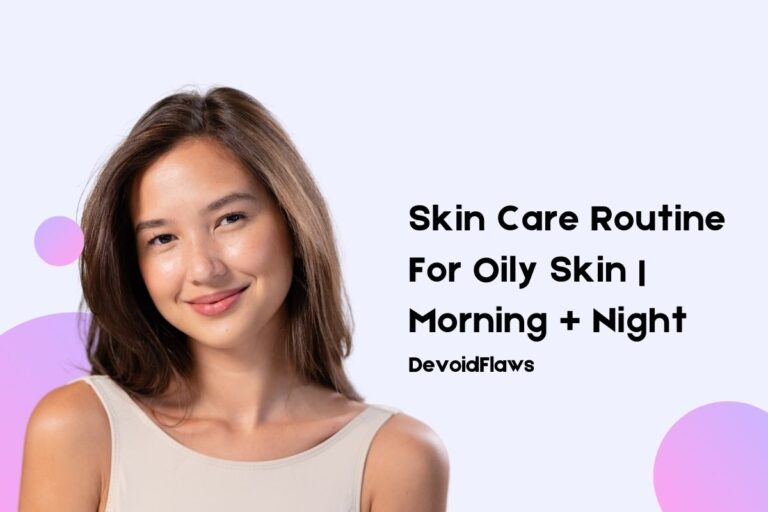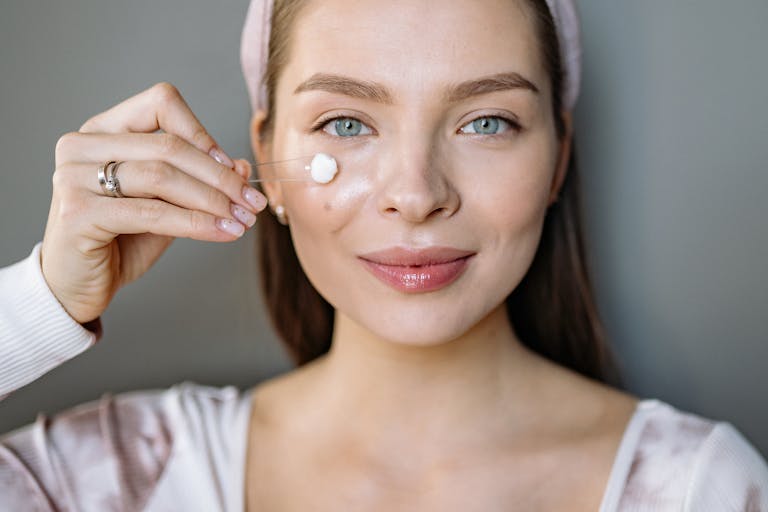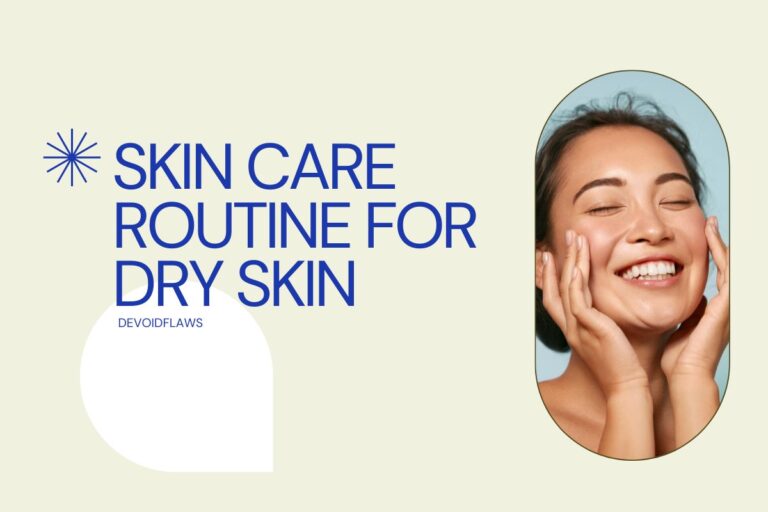Skin Care Routine for Rosacea
Rosacea is a chronic, inflammatory skin condition that primarily affects the face, characterized by redness, visible blood vessels, and sometimes acne-like bumps.
Although the exact cause of rosacea remains unclear, factors such as genetics, immune system overactivity, and environmental triggers are known to exacerbate the condition.
Developing an effective skincare routine is crucial for managing rosacea and minimizing flare-ups.
This detailed analysis provides a comprehensive guide on a skincare routine tailored for individuals with rosacea, based on current dermatological research and best practices.
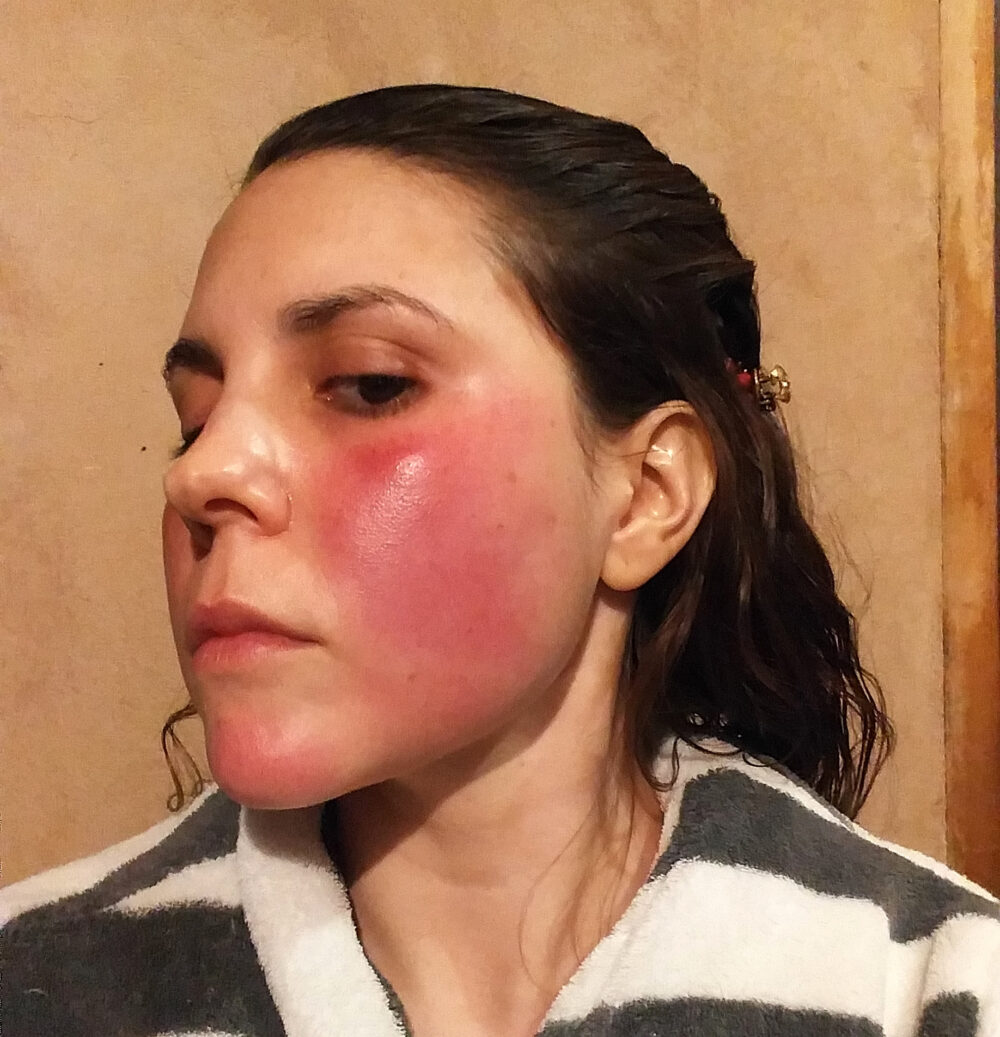
Understanding Rosacea
Rosacea affects approximately 5% of the global population, predominantly fair-skinned individuals between the ages of 30 and 50.
The condition manifests in four primary subtypes:
1. Erythematotelangiectatic Rosacea (ETR)
ETR, the most common subtype, is characterized by a persistent erythema (redness) on the central face, primarily affecting the cheeks, nose, and forehead.
This erythema can be exacerbated by triggers like sun exposure, emotional stress, hot beverages, or spicy foods, leading to episodic flushing. Telangiectasias, dilated blood vessels visible on the skin’s surface, are a hallmark of ETR.
These vessels may appear as fine red lines or spider veins, contributing to the overall redness and vascular appearance of the skin.
Over time, without intervention, the erythema may become more persistent, covering a wider area and potentially becoming permanent.
The persistent inflammation can also lead to skin sensitivity, dryness, burning, and stinging sensations.
2. Papulopustular Rosacea
Papulopustular rosacea, often referred to as acne rosacea, is distinguished by the presence of papules (small, red bumps) and pustules (pus-filled bumps) alongside the background erythema.
These inflammatory lesions typically occur in the central facial region, resembling acne vulgaris.
However, unlike acne, comedones (blackheads and whiteheads) are absent in papulopustular rosacea.
This subtype often affects middle-aged women and can cause significant psychosocial distress due to its impact on facial appearance.
The inflammatory lesions can be painful and tender, and their resolution may leave behind post-inflammatory erythema or hyperpigmentation.
3. Phymatous Rosacea
Phymatous rosacea is a less common but more severe subtype characterized by skin thickening, irregular surface nodularity, and hyperplasia of sebaceous glands.
This subtype primarily affects the nose (rhinophyma), leading to its enlargement and distortion. The thickened skin can appear bulbous, red, and uneven, with prominent pores and dilated blood vessels.
Rhinophyma is more prevalent in men and is often associated with long-standing rosacea.
The exact pathogenesis is unclear, but it is believed to involve chronic inflammation, fibroblast proliferation, and increased collagen deposition. In severe cases, rhinophyma can cause functional impairment, such as nasal obstruction or difficulty breathing.
4. Ocular Rosacea
Ocular rosacea is a subtype that involves the eyes and eyelids, causing a range of ocular manifestations.
Common symptoms include burning, stinging, foreign body sensation, dryness, redness, and blurred vision. The eyelids may appear red, swollen, and crusty, and patients may experience blepharitis (inflammation of the eyelids) or meibomian gland dysfunction.
Ocular rosacea can significantly impact quality of life and may lead to complications like corneal ulcers or vision loss if left untreated.
The exact relationship between ocular and cutaneous rosacea is not fully understood, but it is thought that chronic inflammation plays a role in both.
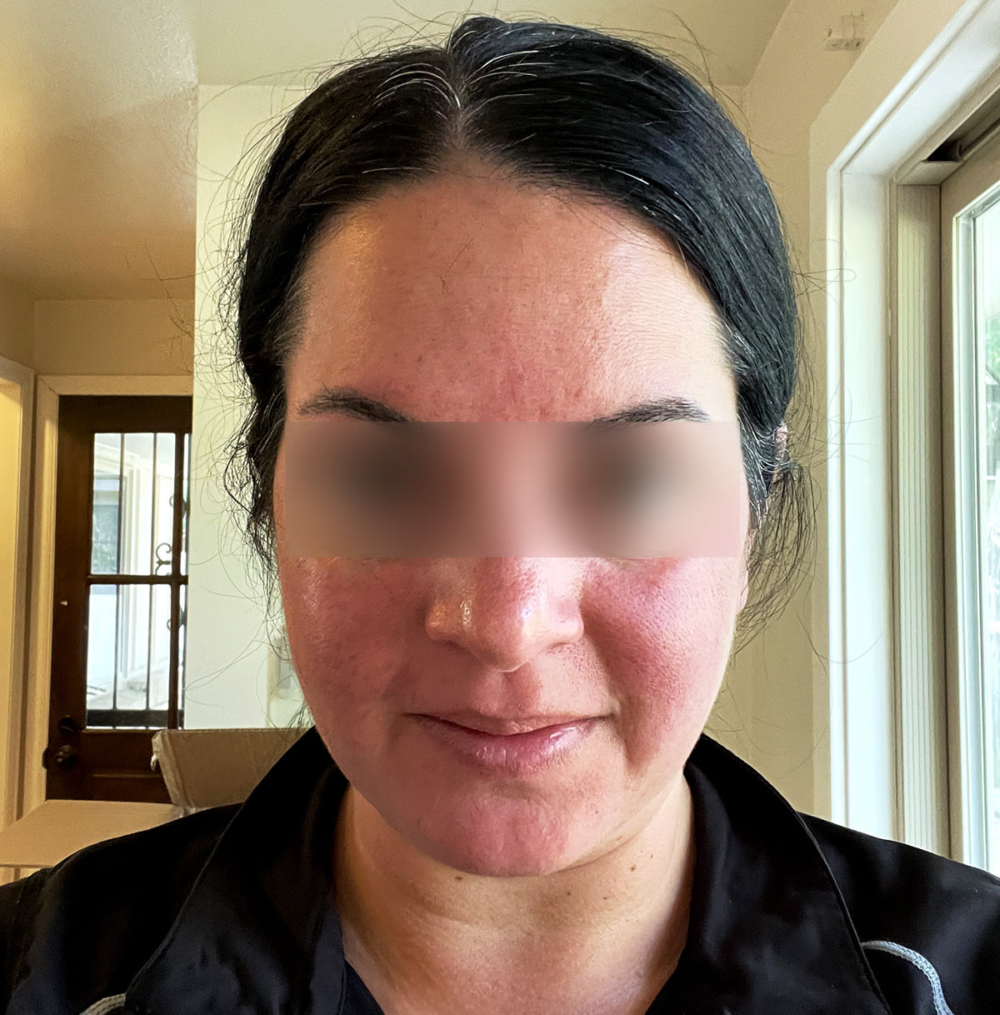
Goals of a Rosacea Skincare Routine
A comprehensive skincare routine for rosacea is strategically designed to address the multifaceted nature of this chronic inflammatory skin condition.
The primary goals of such a routine consists of four key aspects, each of which contributes to the overall management and improvement of rosacea symptoms:
1. Reduce Inflammation and Redness
Rosacea is fundamentally characterized by persistent erythema (redness) and inflammatory responses within the skin.
These are primarily attributed to dysregulation of the immune system, neurovascular hyperreactivity, and the release of pro-inflammatory mediators.
A rosacea skincare routine aims to counteract these processes through several mechanisms:
- Anti-inflammatory Ingredients: Incorporation of topical agents like azelaic acid, metronidazole, and niacinamide directly targets inflammatory pathways, inhibiting the production of inflammatory cytokines and chemokines. This not only reduces redness but also mitigates the underlying inflammatory cascade.
- Soothing Agents: Ingredients like allantoin, panthenol, and colloidal oatmeal possess calming properties that alleviate skin irritation and discomfort, contributing to an overall reduction in redness and sensitivity.
- Vascular Modulation: Certain ingredients, such as caffeine and green tea extract, exert vasoconstrictive effects on superficial blood vessels, leading to diminished facial redness.
2. Maintain the Skin’s Moisture Barrier
Individuals with rosacea often experience compromised skin barrier function, leading to increased transepidermal water loss (TEWL) and heightened susceptibility to irritants.
A well-formulated skincare routine focuses on restoring and maintaining the integrity of this crucial barrier:
- Hydration: Application of humectant-rich moisturizers containing hyaluronic acid, glycerin, or ceramides attracts and retains moisture within the skin, thereby improving hydration levels and reducing dryness.
- Occlusive Agents: Ingredients like dimethicone and petrolatum create a protective layer on the skin’s surface, preventing moisture evaporation and further enhancing barrier function.
- Gentle Cleansing: Avoiding harsh cleansers and opting for mild, pH-balanced formulations minimizes disruption of the skin’s natural lipid barrier, preserving its integrity.
3. Minimize Exposure to Potential Irritants
Rosacea-prone skin is inherently sensitive and reactive.
Exposure to irritants can trigger or exacerbate flare-ups, making it imperative to avoid such substances in skincare products:
- Fragrance-Free Formulations: Fragrances are a common source of skin irritation and should be strictly avoided in rosacea skincare.
- Alcohol and Harsh Exfoliants: These ingredients can strip the skin of its natural oils, disrupt the barrier, and induce inflammation.
- Essential Oils: While touted for their therapeutic benefits, essential oils can be highly irritating to sensitive skin and should be used with caution.
4. Protect the Skin from Environmental Triggers
Environmental factors like UV radiation, heat, and wind can significantly aggravate rosacea symptoms.
A rosacea skincare routine emphasizes protection against these triggers:
- Daily Sunscreen: Broad-spectrum sunscreen with SPF 30 or higher is non-negotiable for rosacea management. UV radiation can induce inflammation, exacerbate redness, and worsen telangiectasias.
- Protective Clothing: Wide-brimmed hats and sunglasses offer additional protection against sun exposure.
- Temperature Regulation: Avoiding extreme temperatures and minimizing exposure to heat and wind can help prevent flare-ups.

Morning Skincare Routine
1. Cleansing
Product Recommendation: Gentle, sulfate-free cleansers.
Purpose: Removes dirt, oil, and impurities without stripping the skin of its natural oils.
Suggested Ingredients:
- Glycerin: Hydrates and maintains moisture.
- Chamomile or Aloe Vera: Soothes irritation.
Example: Vanicream Gentle Facial Cleanser, La Roche-Posay Toleriane Hydrating Gentle Cleanser.
2. Toning
Product Recommendation: Alcohol-free, soothing toners.
Purpose: Balances the skin’s pH and preps it for subsequent products.
Suggested Ingredients:
- Niacinamide: Reduces redness and strengthens the skin barrier.
- Green Tea Extract: Anti-inflammatory and antioxidant properties.
Example: Thayers Alcohol-Free Witch Hazel Toner with Aloe Vera, Paula’s Choice Calm Soothing Toner.
3. Moisturizing
Product Recommendation: Lightweight, non-comedogenic moisturizers.
Purpose: Hydrates the skin and prevents moisture loss.
Suggested Ingredients:
- Hyaluronic Acid: Deep hydration without clogging pores.
- Ceramides: Restore the skin barrier.
Example: CeraVe Moisturizing Cream, Aveeno Ultra-Calming Daily Moisturizer.
4. Sun Protection
Product Recommendation: Broad-spectrum, mineral-based sunscreens (SPF 30 or higher).
Purpose: Protects against UV radiation, a known trigger for rosacea flare-ups.
Suggested Ingredients:
- Zinc Oxide or Titanium Dioxide: Physical blockers less likely to cause irritation.
Example: EltaMD UV Clear Broad-Spectrum SPF 46, La Roche-Posay Anthelios Mineral SPF 50.
Evening Skincare Routine
1. Cleansing
Repeat Morning Cleansing Routine
2. Treatment
Product Recommendation: Anti-inflammatory and soothing serums.
Purpose: Addresses specific rosacea symptoms such as redness and inflammation.
Suggested Ingredients:
- Azelaic Acid: Reduces redness and inflammation, has antibacterial properties.
- Licorice Extract: Soothes irritation and evens skin tone.
Example: The Ordinary Azelaic Acid Suspension 10%, Paula’s Choice 10% Azelaic Acid Booster.
3. Moisturizing
Repeat Morning Moisturizing Routine
4. Optional: Overnight Mask
Product Recommendation: Hydrating and calming overnight masks.
Purpose: Provides intense hydration and soothes the skin while you sleep.
Suggested Ingredients:
- Aloe Vera: Soothes and moisturizes.
- Colloidal Oatmeal: Calms irritation and provides moisture.
Example: Clinique Moisture Surge Overnight Mask, First Aid Beauty Ultra Repair Oatmeal Mask.
Lifestyle and Environmental Considerations
Sun Exposure and Photoprotection
Ultraviolet (UV) radiation is a well-established trigger for rosacea flare-ups.
Studies have shown that UV exposure induces oxidative stress, inflammation, and vascular dilation, all of which contribute to the characteristic redness and flushing associated with rosacea.
Therefore, meticulous sun protection is paramount.
This includes daily use of broad-spectrum sunscreen with SPF 30 or higher, even on cloudy days, as well as seeking shade during peak sun hours and wearing protective clothing like wide-brimmed hats and sunglasses.
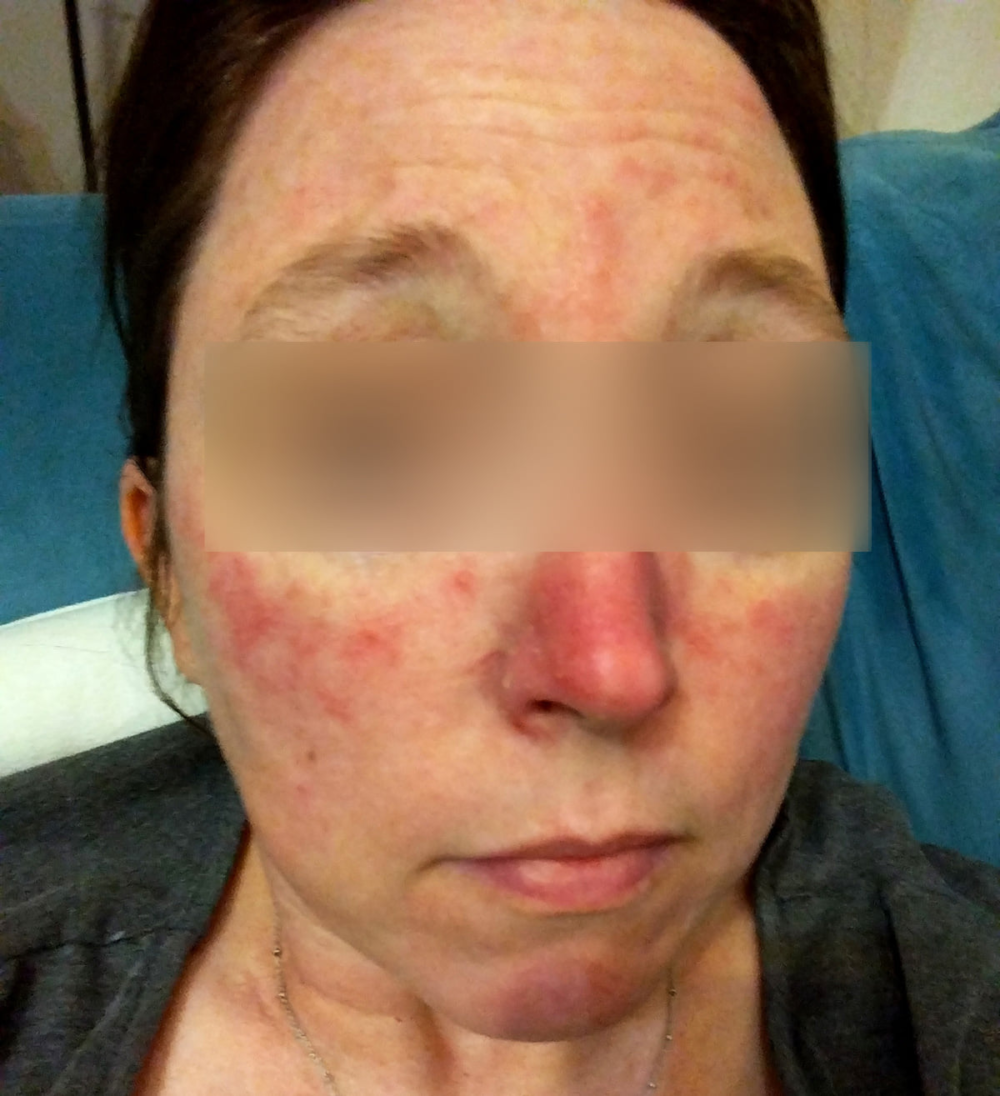
Temperature Regulation
Extremes of temperature, both hot and cold, can trigger rosacea symptoms. Heat-induced vasodilation and sweating can exacerbate flushing and redness.
Conversely, cold temperatures can cause vasoconstriction followed by reactive vasodilation, leading to similar effects.
To manage these triggers, individuals are advised to avoid hot baths and showers, dress in layers to regulate body temperature, and use air conditioning or fans to maintain a cool environment.
Diet and Nutrition
While research on the direct link between diet and rosacea is ongoing, certain foods and beverages have been identified as potential triggers for some individuals.
Spicy foods containing capsaicin, alcohol, hot drinks, and even certain dairy products have been reported to exacerbate symptoms.
Maintaining a food diary to identify personal triggers and making necessary dietary modifications can be beneficial in managing rosacea.
Stress Management
Psychological stress is a well-documented trigger for rosacea flare-ups.
Stress activates the sympathetic nervous system, leading to increased blood flow to the face and triggering flushing.
Implementing stress-reducing techniques like yoga, meditation, deep breathing exercises, or mindfulness practices can help mitigate the impact of stress on rosacea.
Exercise and Physical Activity
While regular exercise is generally beneficial for overall health, strenuous physical activity can raise body temperature and induce flushing in rosacea-prone individuals.
Choosing low-impact activities like swimming or walking, exercising in cooler environments, and staying hydrated can help minimize exercise-induced flare-ups.
Environmental Irritants
Air pollution, wind, and low humidity can all contribute to rosacea symptoms.
Protecting the skin with a barrier cream, using humidifiers to maintain adequate moisture levels, and avoiding harsh skincare products containing irritants like fragrances and alcohol can help mitigate these environmental triggers.
Conclusion
Managing rosacea effectively requires a comprehensive skincare routine tailored to the condition’s specific needs. By choosing gentle, hydrating products and avoiding known irritants, individuals with rosacea can significantly reduce symptoms and maintain healthier skin.
Consistency and attention to lifestyle factors play crucial roles in controlling rosacea and enhancing overall skin health.
As research continues to evolve, staying informed about new treatments and skincare innovations will further aid in managing this chronic skin condition.

